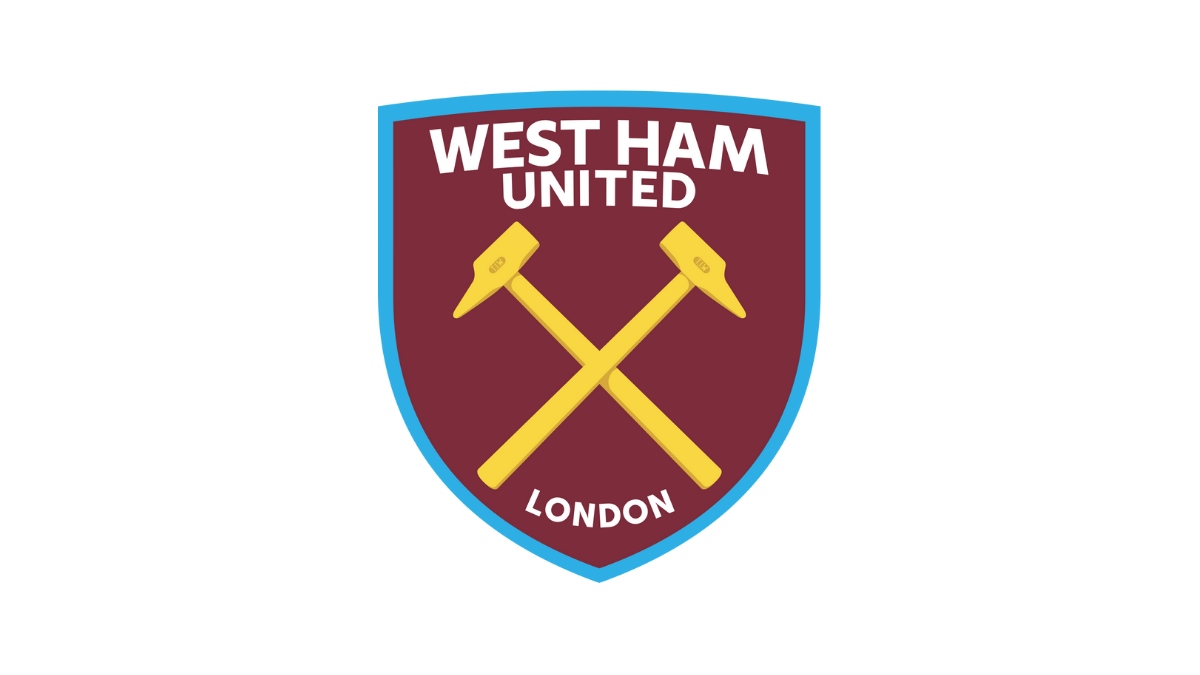The Premier League is on the cusp of a major financial shake-up. After years of operating under Financial Fair Play (FFP) and Profit and Sustainability Rules (PSR), the league appears ready to usher in a new era of financial governance. Discussions on alternative like a luxury tax or salary cap, the top flight seems poised to embrace a “squad-cost ratio”.
Squad-Cost Ratio: A Fresh Approach to Financial Control in Premier League
Since this new model introduces a spending limit based on a percentage of a club’s revenue. Clubs will be given the flexibility to allocate up to 85% of income towards wages, transfer fees, and agent fees. This approach mirrors a system already in place at UEFA. Where teams competing in European tournaments have to cap their spending 70% of their revenue on these expenses.
The squad-cost ratio system aims to strike a balance between promoting financial sustainability and allowing clubs some degree of spending power based on their own financial performance. This could potentially create a more dynamic financial landscape within the league. Additionally, the clubs generating higher revenue having greater capacity to invest in their squads.
A crucial step towards implementing the squad-cost ratio system occurred at the recent Premier League shareholders’ meeting. According to Sky Sports, the 20 member clubs participated in two votes on the proposed rules, however one vote achieving unanimous decision. This signifies a strong consensus among clubs regarding the need for a change in the league’s financial regulations. However, with this agreement in principle, the league now intends to formally integrate these new regulations into their rulebook at their summer Annual General Meeting (AGM).
Impact on Individual Clubs: Potential for Increased Flexibility
The implementation of the squad-cost ratio system is likely to have a varied impact on individual clubs. Let’s examine the potential effects on West Ham United. Based on their turnover of £237 million last season, under the new system, they would be permitted to spend up to £201 million on wages, agent fees, and transfers. Moreover, considering their current wage bill of approximately £137 million and £13 million in agent fees, this new model would leave them with roughly £51 million for transfer amortisation.
This represents a potential increase in spending power for West Ham. Since they’ve been adhering to UEFA’s financial control system, adapting to squad-cost ratio shouldn’t pose a significant challenge. However, the impact on other clubs will depend on their individual financial situations and revenue generation capabilities.
The Future of Financial Fair Play: A New Era for the Premier League
The adoption of the squad-cost ratio system marks a significant shift in the financial landscape of the Premier League. While the full ramifications of this change remain to be seen, however it has the potential to alter the league’s financial dynamics, impacting transfer activity, club competitiveness, and the overall financial health of the league. Moreover, only time will tell how this new approach to financial control shapes the future of the Premier League.
As in Claret & Hugh.
For more such updates follow Football Express.






